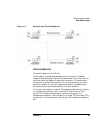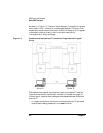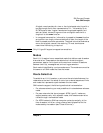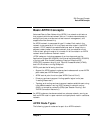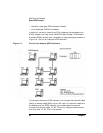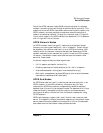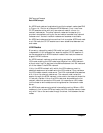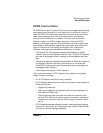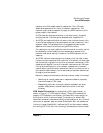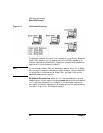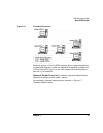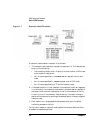
Chapter 1 47
SNA Terms and Concepts
Basic APPN Concepts
APPN Control Point
An APPN control point is a set of functions that manages node resources
and supports both physical unit and logical unit functions on a type 2.1
node. An APPN CP directs local node functions (such as activating and
deactivating adapters and links), provides directory and topology
information, and assists LUs in session initiation and termination.
Adjacent nodes in an APPN network use a pair of parallel CP-CP
sessions to exchange network information and to provide directory and
route selection services. Both sessions of a given pair must be active in
order for the partner CPs to begin and sustain their interactions.
Different node types use these sessions differently, as follows:
• Two parallel CP-CP sessions are established between an APPN
network node and each adjacent network node. These CP-CP sessions
are used to exchange directory, topology, and management services
data.
• Two parallel sessions are established between an APPN end node and
the adjacent network node acting as the server for the end node.
These CP-CP sessions are used to exchange directory, topology, and
management services data.
• LEN nodes do not support CP-CP sessions.
The functions provided in CP-CP sessions vary based on the types of
nodes involved, as follows:
• All CP-CP sessions conduct directory searches.
• CP-CP sessions between an end node and a network node provide the
following functions:
• Registering resources.
• Routing management services data (such as alerts) between the
end node and a focal point.
• Routing topology data from each end node to its network node
servers. This information can be used by the network node server
to compute a route that does not flow through the network node
server.
• CP-CP sessions between adjacent network nodes exchange topology
information. As a result of this exchange, each network node creates
an internal network topology database.



